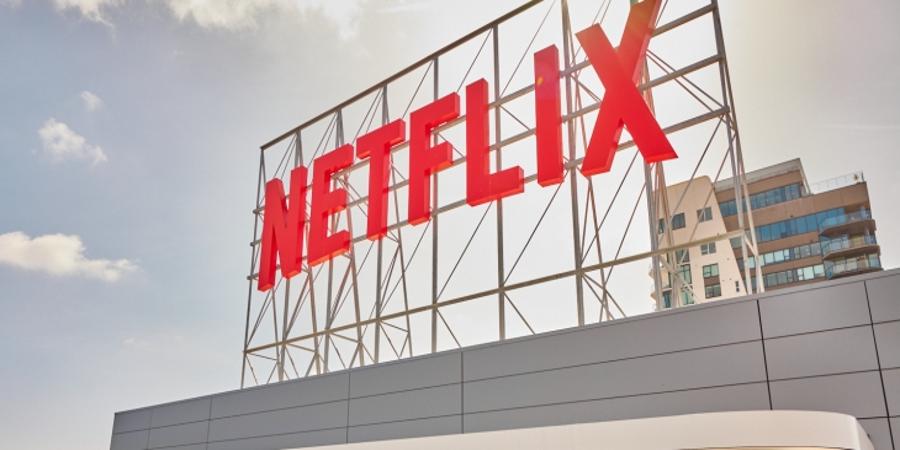Netflix today announced it’s rolling out paid sharing, otherwise known as Netflix’s crackdown on password sharing, to more countries, including Canada, New Zealand, Portugal and Spain. The company had previously tested paid sharing in select markets, including Chile, Costa Rica, Peru and elsewhere in Latin America. It’s also now offering a few details about how paid sharing will work, in hopes of quelling a subscriber backlash over the anticipated changes that have some threatening to cancel their Netflix accounts.
The news follows a leak describing password restrictions that came out earlier this month, prompting subscriber complaints.
In the U.S., Netflix had quietly published details regarding its password-sharing policies on its U.S. Help site, where they were picked up by various news outlets, including The Streamable. While the streamer quickly clarified the guidelines had been published by accident and its policies for the U.S. weren’t yet set in stone, the damage was already done.
Across social media, Netflix subscribers expressed their anger over the changes and how they would soon be forced to pay for the extra people mooching off their accounts.
As many correctly pointed out, this would impact families who were sharing their service with a kid in college, where family members split a plan but live in different locations or people who travel between homes. It would also penalize people who traveled for work and were often signed in from locations outside their home.
Going forward, where paid sharing is live, subscribers will have a couple of choices. They can pay to add the extra member to their account (CAD$7.99/mo per person in Canada, NZD$7.99 in New Zealand, Euro 3.99 in Portugal and Euro 5.99 in Spain). Otherwise, they can suggest the member get their own account and kick them off their service. (Netflix helpfully offers a new “transfer profile” option for the mooches getting the boot that allows them to move their viewing history, watch list and more to a new standalone account.)
Netflix subscribers were also upset about how travel restrictions would work under the new policy.
In the published rules, Netflix explained that subscribers would have to log into the Netflix app on their home network at least once every 31 days or risk having their account access blocked.
One could imagine how easy it would be to encounter this problem, even as the main subscriber. For instance, if you quickly grabbed an often-unused tablet to watch on the plane but forgot to authenticate with Netflix before you left, you may find yourself without access. In this case, Netflix suggests you could ask the main account holder to verify the device for you with a code. But that’s obviously a hassle.
Today, Netflix stated in its blog post that members would be required to set a primary location and would be able to manage who had access to their account from a new Manage Access and Devices page. It also noted that members could “still easily watch Netflix on their personal devices“ when they traveled or if they logged into a new TV, like at a hotel or Airbnb.
However, the post didn’t address the concerns over the 31-day authentication rule, specifically. But Netflix told us that people who travel frequently or who have a second home will, in fact, be required to open the Netflix app on their mobile device or devices while connected to their home’s Wi-Fi at their primary location “once a month and then when they arrive at their second location.”
The company pointed out this isn’t any different from how Hulu with Live TV works, but that’s a bit of an unfair comparison. There are different rules for live TV streamers due to broadcast restrictions that don’t apply to on-demand video. Regional sports networks are determined and restricted by a user’s home location. Local affiliate networks are also location-based.
It didn’t say if these will be the same rules for the U.S. when the feature arrives in Netflix’s home market.
Netflix subscribers understand the changes are really more of a money grab than anything else. And they come after years of a much more permissive password policy. Back in 2016, Netflix’s then-CEO Reed Hastings even characterized password-sharing as a “positive thing” and a “terrific marketing vehicle.”
Arguably, the “transfer profile” feature on its own could have slowly weaned subscribers off of a shared account. But now it’s more likely their family member or friend will force them to leave.
If those members then set up their own Netflix accounts, then Netflix will have grown its subscriber base. But it’s a risky bet at a time when streaming competition is fierce and free streaming through ad-supported video and FAST channels is on the rise. Netflix last year saw its first subscriber loss in 10 years, and later reported its largest quarterly loss ever. Though it has since turned things around in its most recent quarter, its failure or success forever hinges on its next big hit.
“We value our members and recognize that they have many entertainment choices,” the company wrote in today’s blog post. “A Netflix account is intended for one household and members can choose from a range of plans with different features. As always, we’ll refine these new features based on member feedback so that we continue to improve Netflix in the years ahead.”
The company also shared plan details and how many extra members would be allowed per plan as seen in the chart below.
Source @TechCrunch



